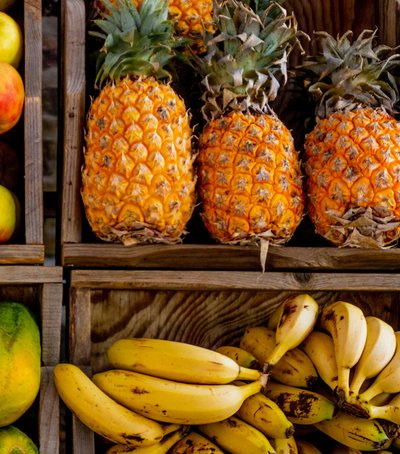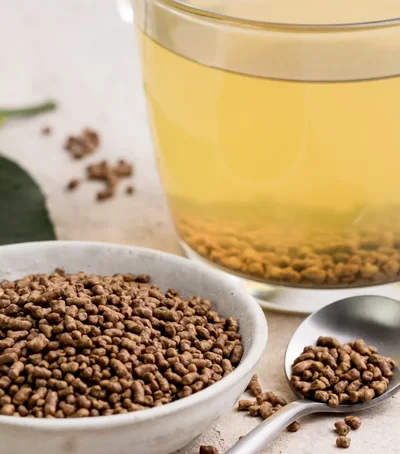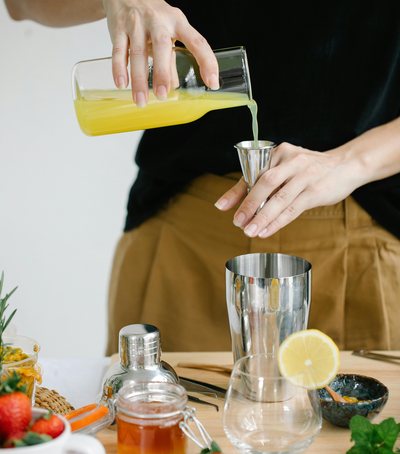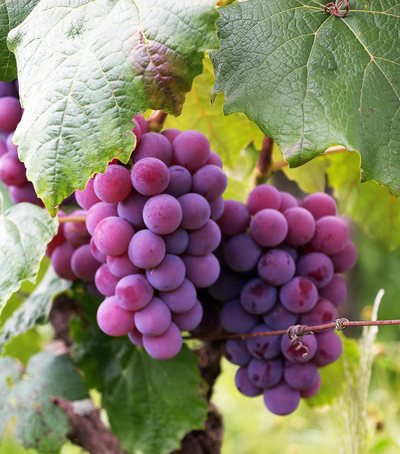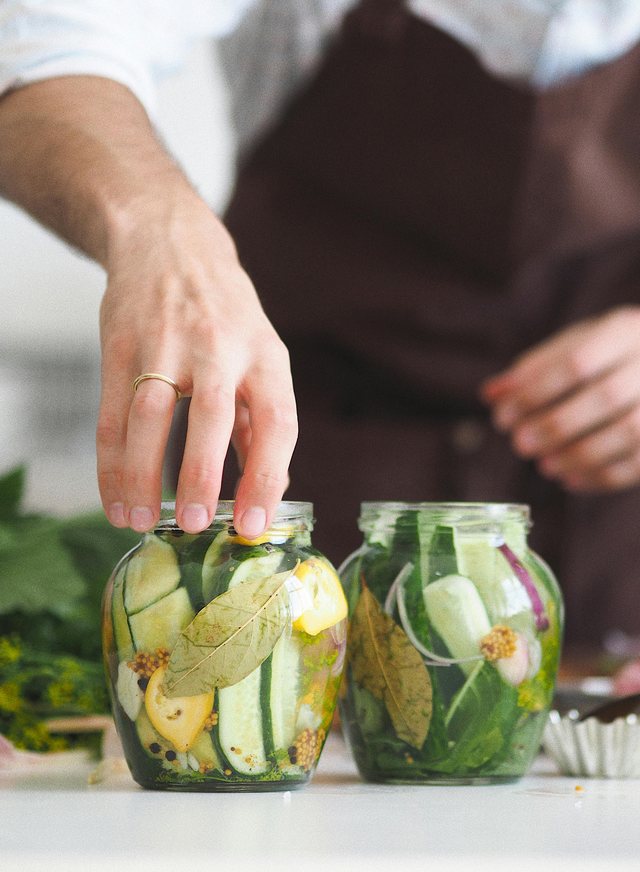
This article presents 10 traditional techniques, based on the use of natural elements—salt, sun, spices, honey, etc.—for preserving foods without chemical preservatives. Each method brings unique benefits: fermentation that promotes probiotics, drying that reduces volume and weight, or aromatic oils that seal spices to protect them from oxidation. With these techniques, your foods will be fresh, healthy, and full of flavor all year round.
Fermentation
Often one tablespoon of salt for every liter of water is enough. Vegetables (cabbage, cucumbers, carrots) are left to “simmer” in their salty liquid for 1–4 weeks at room temperature, producing lactic acid and good bacteria that preserve and improve nutritional values.
Natural drying
Fruits (figs, grapes, apples) and vegetables (tomatoes, peppers) are thinly sliced and placed in the sun or a warm place with air circulation for 1–3 days. The water is removed, the sweetness and aroma are concentrated—the result: food without residue, ready to store in airtight jars.
Salting Meat
, fish or vegetables are covered with a thick layer of salt, left for several days and then washed and dried. The salt draws out moisture and creates a protective layer against bacteria, allowing for weekly or monthly storage in the refrigerator or cellar.
Sugaring (jams and dishes)
The fruit is boiled with a small amount of natural sugar (apple, coconut sugar) until the juice concentration reaches the point of marmalade. It's a method that creates a double benefit—summery looks and aromas preserved in glass jars.
Pickles with vinegar
The chopped vegetables (cucumber, cabbage, carrot) are placed in a jar and covered with apple cider vinegar diluted with a little water, salt and spices (dill, pepper, garlic). After 24–48 hours the pickle is ready, with a refreshing taste and a long shelf life.
Smoking
Fish, meat or cheeses are hung in a chamber filled with fruit wood smoke (grape, cherry). The low temperature (25–30?°C) and gentle smoke preserve the texture and flavor, extending storage for weeks or even months.
Preservation with aromatic oils
Herbs and spices (rosemary, oregano, dried onions) are placed in a jar and completely covered with extra virgin olive oil. They are first left for 24 hours at room temperature, then stored in the refrigerator—they improve the taste of salads and jams.
Honey dipping
Small fruits (figs, pumpkins, blueberries) are placed in a jar and covered with strained honey. The honey creates an antibacterial barrier and ferments very easily, producing a unique sweetness and long shelf life.
Beeswax protection
Hard cheeses (parmesan, pecorino) are sprinkled with natural beeswax to cover the surface after cutting. The wax seals off air and prevents mold, allowing it to be stored for several weeks at room temperature.
Storage in the basement/natural cold
Root vegetables (potatoes, carrots, beets) are buried in dry sand in a cool cellar or alcove (10–12?°C). This method preserves moisture, texture, and nutrients for months, without the need for refrigeration.
Photo Credits (Maria Verkhoturtseva):
https://www.pexels.com/photo/person-holding-clear-glass-jar-with-vegetables-9005988/

